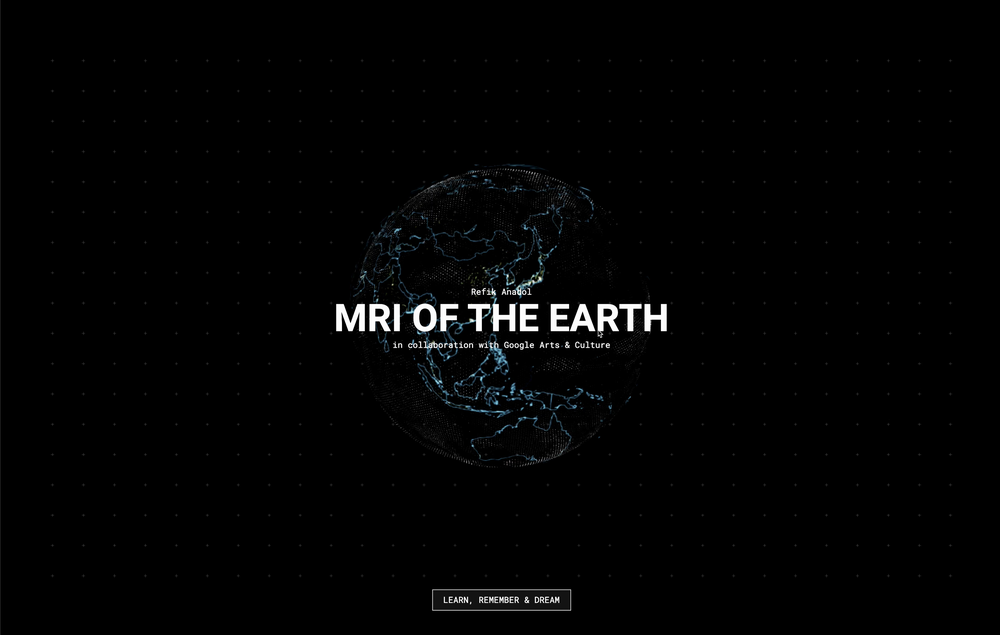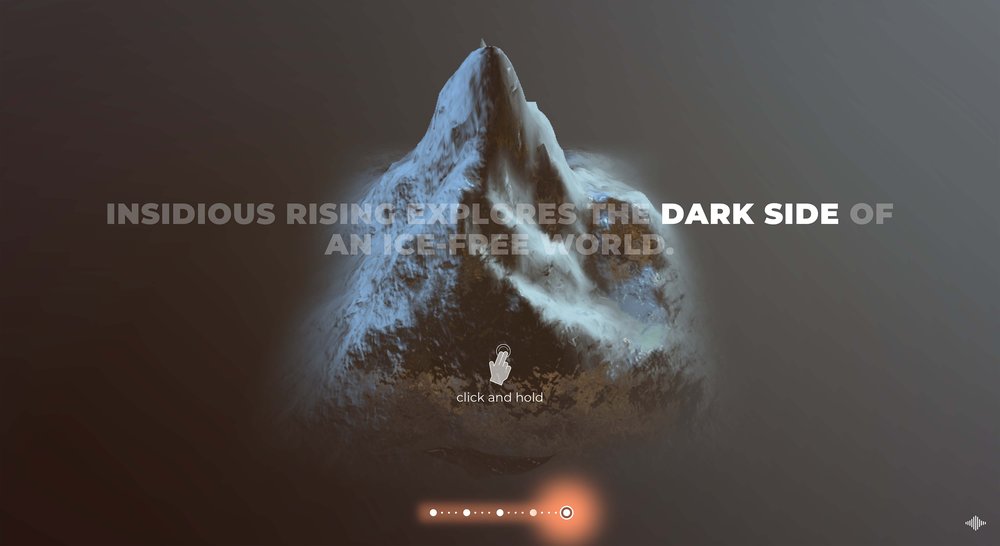Some of the most dramatic climate-fueled changes on our planet are happening in places most of us have no way of visiting. And while data and charts are important, nothing can replace the human experience of witnessing life first-hand.
That is where art comes in. Throughout history, artists have used their work to take people to faraway places and shed light on deep challenges facing humankind. In an important continuation of that legacy, today artists Refik Anadol and female collective Hyphen Labs are asking questions like “What would we see if we scanned the earth for damages?” and “How will we feel the cascading effects of melting ice sheets?”
They offer an answer in two new online artworks published today as part of ourHeartbeat of the Earth program. This program, from Google Arts & Culture and UN Climate Change, invites artists to interpret scientific climate data through interactive online artworks.
These new artworks add to the eight published works since the programstarted in 2020, with the goal of making the data behind the climate crisis more accessible and visible.
“With the impacts of climate change accelerating and becoming more evident every day, it’s more important than ever to engage artists and to use culture as a vehicle for the urgent message around the climate crisis,” said Ovais Sarmad, deputy executive secretary of UN Climate Change. “Complex science and data needs to be displayed in an emotional way, allowing us to understand how global heating impacts us all individually and collectively.”
MRI of the Earth— what would we see if we scanned the Earth for damages?
Artist Refik Anadol interprets our planet’s ‘body’—exposing the harm we are inflicting on it through climate change. Anadol then invites you to reflect on the Earth’s beauty through machine learning generated visualizations of the Earth’s natural landscapes and inspire actions for a hopeful future.
Insidious Rising— How will we feel the cascade effects of warming ice sheets?
Global female artist collective Hyphen Labs, together with Iñupiaq (indigenous from North Alaska) artist Allison Akootchook Warden and the Union of Concerned Scientists, explore the cascade effects of warming polar ice sheets and how a warming climate will not only trigger ecological collapse, but also put pressure on existing systems that already disproportionately affect the marginalized.
We hope these artworks will encourage people to learn more about the climate crisis and inspire action.


